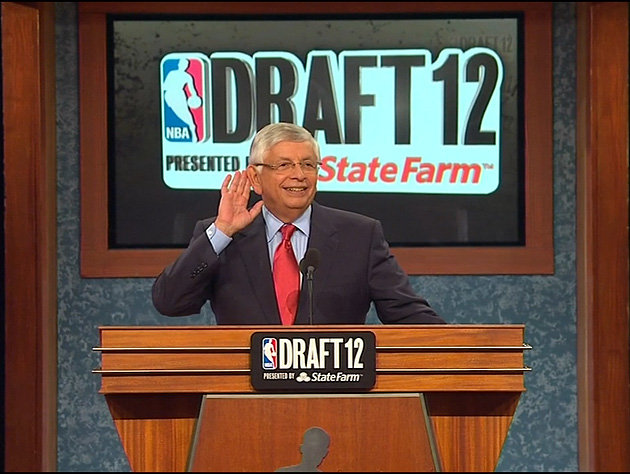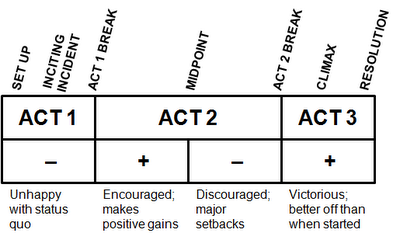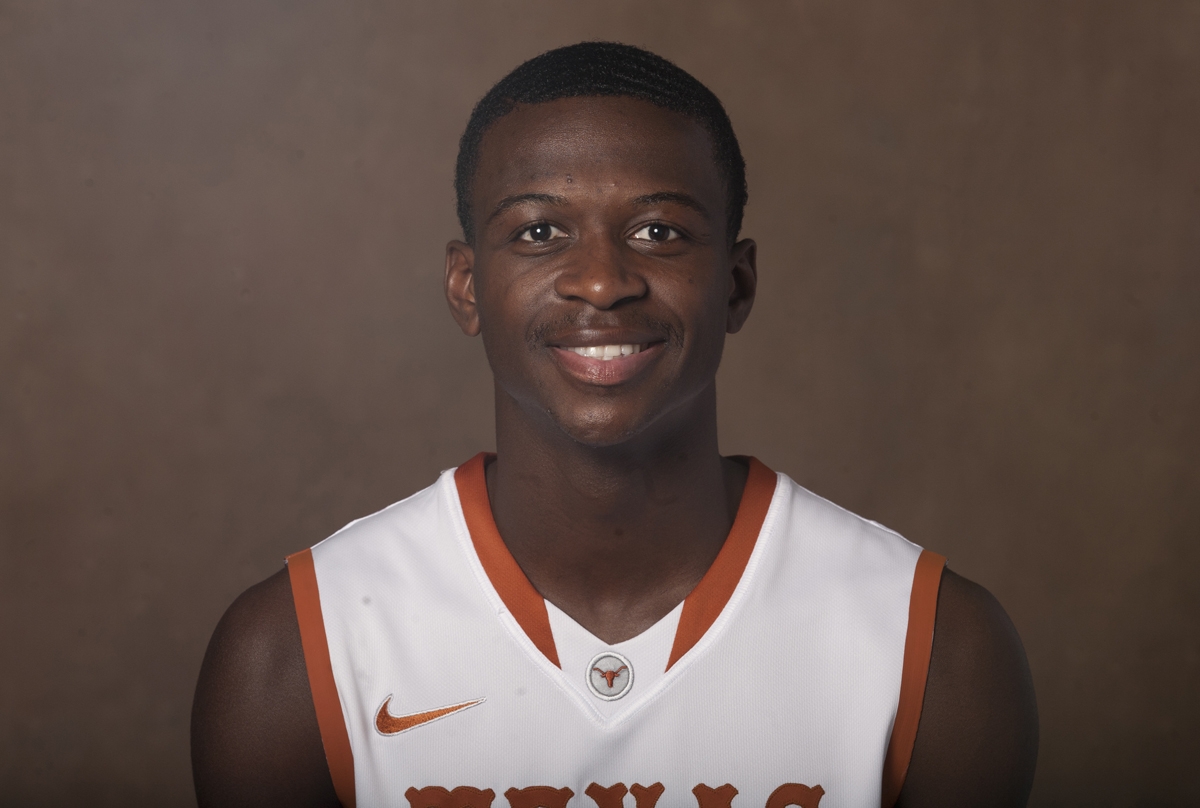Yesterday, Zarar covered the rumors that the Raptors are looking to acquire a draft pick for Thursday’s NBA Entry Draft. Z did a nice job curating the rumors and highlighting some teams (Portland, Dallas, Atlanta) looking to move their first round picks and suggesting a few potential selections the Raptors could make in that range.
Today I’m going to elaborate on it a bit by looking more at the “how” and “why” rather than the “who.”
Why Acquire a Pick?
Foremost, draft picks are good to have because, if used correctly, they’re cost-certain players at a low pay grade. Second round picks can be signed for the NBA minimum, and late first round picks make less than a million bucks in year one.
The Raptors, you may have realized, are in a precarious salary cap situation to start the Masai Ujiri Era. They currently have $66M in salary committed to 12 players, well above the $58.5M salary cap for the 2013-14 season, with a luxury tax threshold coming in around $71M. That means the Raptors have very little wiggle room to improve the team, and even if an amnesty buy-out is used (looking at you, Linas Kleiza), it only improves the team’s ability to stay under the tax threshold, not the salary cap (this limiting their free agent signing ability).
So adding one or two low-cost players certainly makes sense. Say the Raptors buy out Kleiza, dropping the roster to 11 and the salary committed to $61M, the Raptors would have $10M under the tax to spend on four players. However, after the mid-level exception, if used at a first-year salary of $5.15M, is accounted for, the Raptors can really just use minimum deals to fill out the roster. Filling the 13th and 14th spot with young, controllable, mid-upside players is just smart asset and cap management.
But what will it cost to grab a pick?
How To Acquire a Pick
By picking on teams that need the cap space, of course! See, once the pick is made, the player has a cap hold until signed, renounced, or officially in Europe for the season. So teams with multiple picks face multiple cap holds, and for teams looking to add high-priced stars via free agency, these cap holds, however small, can be cumbersome. That’s why teams like Atlanta (two first round picks, free agent player) and Dallas (in the Dwight Howard sweepstakes) have been rumored to be looking to deal a pick.
There are also teams late in the first round who may prefer to move into the second round (since second round picks don’t have a cap hold but offer a similar quality of player, perhaps) for cost reasons, though the Raptors can’t really exploit this unless they acquire a second round pick.
And finally, you may have a team near the luxury tax threshold who will look to sell a pick or move it for a future pick to avoid having a guaranteed commitment on the books. Denver, at pick number 27, is an interesting case since they currently project over the luxury tax, making the 27th overall pick (a $900k salary commitment) a $1.8M cost.
For reference, here is a list of all the teams, their current guaranteed salary commitments per HoopsHype, and the picks they own:

Unfortunately, the Raptors don’t have the kind of assets you normally see moved in draft day deals – other picks. They do, however, have deep pockets and $3.1M they are allowed to throw into trades under the cap for the calendar year, which I don’t believe they have touched yet. Since the “year” ends shortly after the draft, it makes sense for them to use this cash as a kicker in any potential pick acquisitions. While I can’t find the cash values involved in the trades, the chart below, showing all two-team trades involving draft picks on draft night since 2009, shows that there are always 2nd round picks to be bought.
Note: It was brought to my attention on Twitter that the Raptors sent said $3.1M to Memphis in the Rudy Gay deal, though I haven’t been able to find confirmation of the amount beyond “cash.” This obviously changes some of the conclusions below if true, though it holds for other teams.

It’s as simple as this – if Ujiri wants a 2nd round pick, it’ll be there for him to buy or trade future assets for (most likely future 2nd round picks or Euro-stash players the Raptors own the rights too, like Tomislav Zubcic).
If Ujiri wants to get into the first, which again, is conceivable given that a handful of teams are looking to deal their picks, there are a few things he can offer – a future 1st, 2nd round picks if he can buy them to roll over into a first (which are non-guaranteed and don’t have a cap hold, thus making them attractive to free agent players), or the ability to take back a little bit of salary (a bit more difficult given the Raptors are at the cap but they could take on, say, $1.09M from a team for Quincy Acy’s $0.67M contract, or $3.3M from a team for Aaron Gray’s $2.6M contract).
Ujiri could also just buy a pick if a team comes up empty trying to get an asset for a pick they need to deal. It doesn’t seem as likely since it’s relatively poor asset management, but we saw the 25th overall pick be sold with no other future return.
So the Raptors have a good chance to acquire a pick, probably not any higher than Dallas’ 12th overall pick, but one in the top-45 almost without question, should Ujiri like the price. Bryan Colangelo didn’t leave the roster in a very good position for taking advantage of the cap management or free agent desires of other teams (quite the opposite, actually), but it’s not a fool’s errand by any means.
And I suppose it’s worth mentioning that there’s also the possibility of a bigger trade, involving actual players moving for picks and with salary shuffling, but those kind of scenarios are best left to the rumor mongerers, the forums/comments, and our draft day open thread on Thursday.




